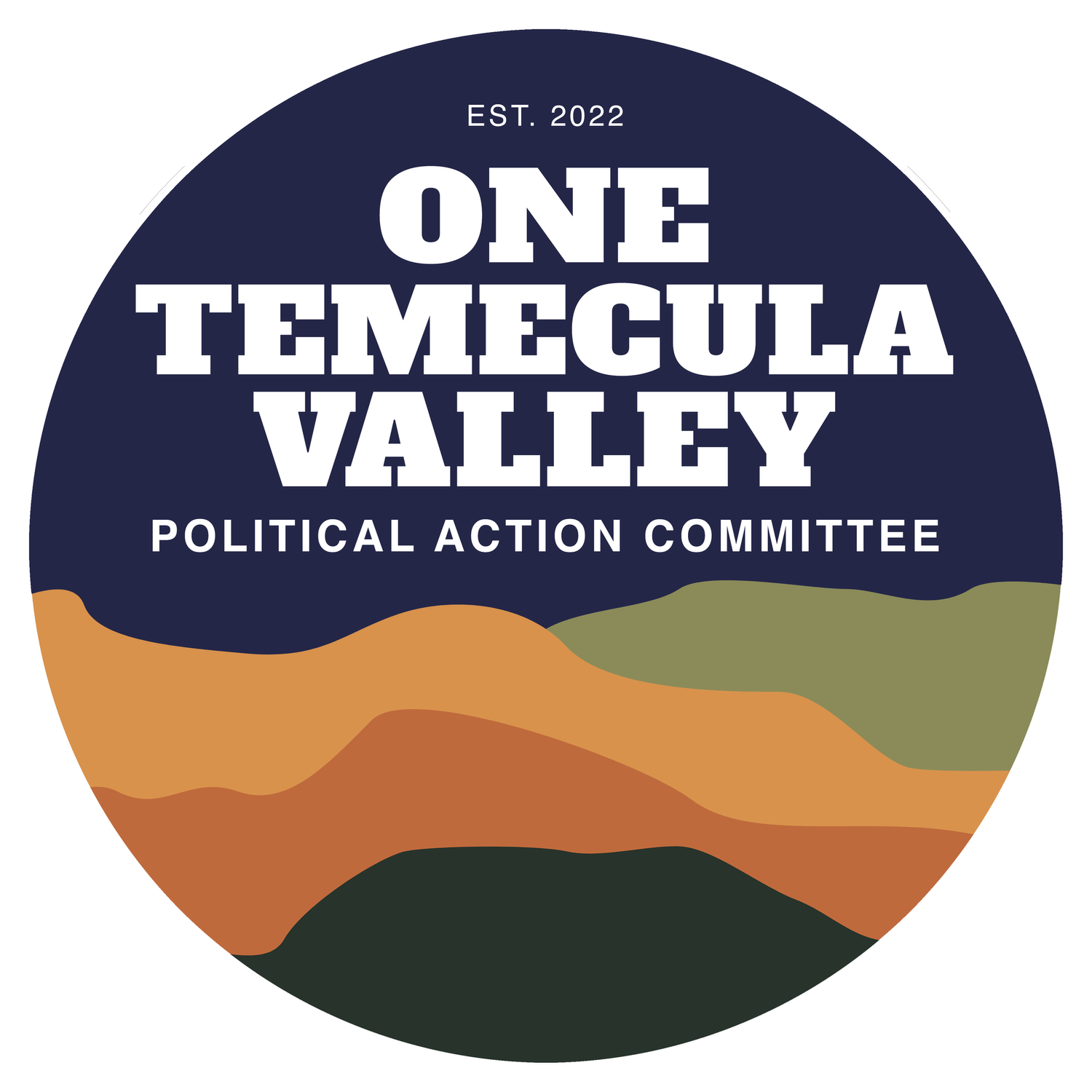How the work of a TVUSD trustee gets done
1TVPAC Team
There are a few interesting items on the January 28 agenda, namely the appearance of two “new” policies in the information and reports section. Before we get into the content of these policies, let’s focus on process; the basics of how TVUSD School board is supposed to conduct business (as opposed to how they conducted business in the past when Komrosky, Gonzalez and Wiersma were the majority).
According to the California School Boards Association (or CSBA), the school board agenda is made up of three sections where business is conducted:
Consent Calendar, Action items and Information & Reports.
Let’s go through each one:
Consent Calendar
This first section of the agenda contains items concerning normal operations that require board approval, but are not expected to require explanation or discussion. Sometimes at TVUSD meetings, we might see up to 80 items in this section. At the next meeting, there are 27. The board members receive the agenda and supporting documentation in advance of the meetings, so they can come prepared. Usually they vote to approve all these items in one motion. Since these are typical items, often occurring every year or quarter, this just makes sense and helps move the meeting along without sacrificing transparency. If a board member needs to discuss one of these, it is “pulled for discussion” before they vote.
Action items
Items which require a board action (i.e. you will be voting on these). These are often creating or updating policies, things that directly impact our district and the students. These items are listed in the agenda with a description, fiscal impact, attachments and name of the person who added it to the agenda (board member, district staff, etc.). These do require some attention and discussion and are not approved like consent calendar items. However, just like the consent calendar, everything is reviewed in advance of the meeting.
Information and Reports
These items are not voted on, just a presentation of information, including staff or committee reports. The law requires that the agenda specify whether action will be taken, if an agenda item is posted as discussion or information, no action can be taken. CSBA further clarifies:
There are times, however, when the board will want to be sure not to take action. If, for example, the board is discussing a new policy, then it might want the item listed specifically as discussion so that the community knows the item will not be acted upon at a first reading.
This builds trust and is the transparent, open, and honest way of conducting business, especially if a new policy or initiative is expensive, controversial, outside typical business that has been conducted in the past or is new to everyone.
What about the next board meeting?
Back to this meeting on Tuesday. Unlike the last two years, we see two new items under the information and reports section. The intent is to discuss them, not vote and implement. The placement of policies on this part of the agenda allows the public and the board to review and discuss, raising issues and questions, before it’s sent to legal for review and/or to negotiations with the teacher’s union (if the potential policy changes the job requirements of teachers and staff on campus). This is the proper and legal way to conduct business.
This is a stark contrast to the number of new items we saw placed in the Consent Calendar, not in Information and Reports or even Action Items, the last two years. Some of those items had high price tags, over $60,000. When items are inappropriately placed in the consent calendar, it looks underhanded, sneaky, unethical, and it erodes trust. We experienced that for two years with TVUSD school board trustees.
Whether or not you agree with the policies being presented at the next meeting, at least we are seeing an effort to conduct business openly and honestly.
While we are still unsure about this new board and whether they will make changes that benefit students directly AND are fiscally conservative and sound, we are seeing a 180 degree shift in HOW they conduct business. There is a noticeable effort to be fair, transparent, and honest with the community and each other.
Let’s see how the discussion goes and what the outcome and next steps are. For now, we are hopeful the end result will not harm students, put undue burden on staff or create division within our community.


